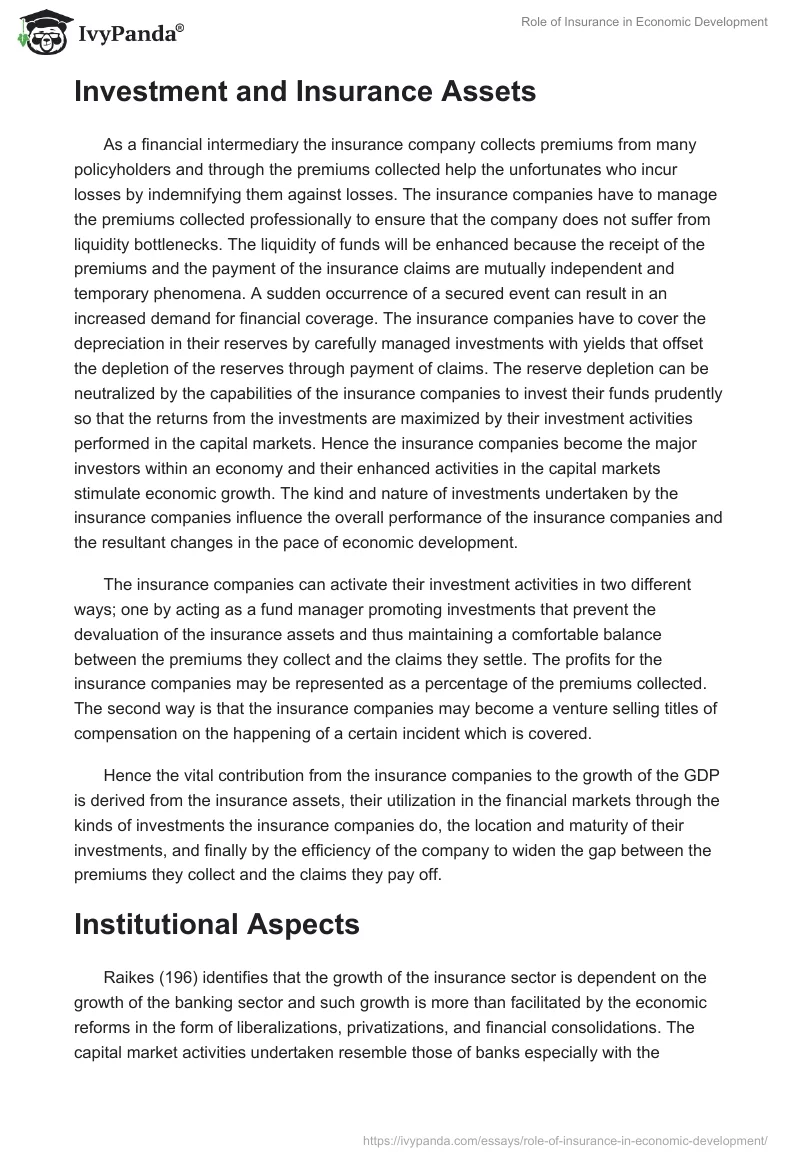Examine This Report on Pacific Prime
Examine This Report on Pacific Prime
Blog Article
The Only Guide for Pacific Prime
Table of ContentsPacific Prime Fundamentals ExplainedThe Ultimate Guide To Pacific PrimePacific Prime - The FactsPacific Prime - The FactsPacific Prime Fundamentals Explained

This is due to the fact that the data were collected for a period of solid financial performance. Of the approximated 42 million people who were uninsured, almost about 420,000 (regarding 1 percent) were under 65 years old, the age at which most Americans become qualified for Medicare; 32 million were grownups between ages 18 and 65, about 19 percent of all adults in this age; and 10 million were children under 18 years of age, regarding 13.9 percent of all youngsters (Mills, 2000).
These estimates of the number of persons without insurance are generated from the annual March Supplement to the Present Populace Study (CPS), conducted by the Census Bureau. Unless otherwise noted, nationwide price quotes of individuals without medical insurance and proportions of the populace with different sort of coverage are based upon the CPS, one of the most extensively utilized source of estimates of insurance policy coverage and uninsurance rates.
A Biased View of Pacific Prime

Still, the CPS is particularly valuable because it creates yearly price quotes fairly swiftly, reporting the previous year's insurance policy coverage estimates each September, and due to the fact that it is the basis for a constant collection of quotes for more than 20 years, enabling evaluation of patterns in coverage over time. For these factors, in addition to the considerable use the CPS in other studies of insurance protection that are provided in this report, we rely upon CPS price quotes, with constraints noted.

The estimate of the variety of without insurance people increases when a population's insurance condition is tracked for a number of years. Over a three-year duration beginning early in 1993, 72 million individuals, 29 percent of the united state populace, were without coverage for at the very least one month. Within a single year (1994 ), 53 million people experienced a minimum of a month without insurance coverage (Bennefield, 1998a)
6 out of every ten without insurance grownups are themselves utilized. Functioning does boost the possibility that one and one's household members will certainly have insurance, it is not a warranty. Also members of households with 2 permanent breadwinner have almost a one-in-ten opportunity of being uninsured (9.1 percent uninsured price) (Hoffman and Pohl, 2000).
The 30-Second Trick For Pacific Prime
New immigrants account for a considerable percentage of people without health and wellness insurance policy. One analysis has connected a substantial portion of the recent growth in the size of the U.S. uninsured populace to immigrants that got here in the nation in between 1994 and 1998 (Camarota and Edwards, 2000). Current immigrants (those that concerned the United States within the previous 4 years) do have a high price of being without insurance (46 percent), yet they and their children represent simply 6 percent of those without insurance policy across the country (Holahan et al., 2001).
The relationship between medical insurance and access to care is well developed, as documented later on in this phase. The relationship in between wellness insurance policy and health and wellness results is neither direct neither straightforward, a considerable scientific and health and wellness services research literary works web links health and wellness insurance protection to enhanced access to care, better top quality, and enhanced personal and populace health and wellness status.
Levels of evaluation for taking a look at the impacts of uninsurance. This discussion of wellness insurance coverage concentrates mainly on the U.S. populace my site under age 65 since practically all Americans 65 and older have Medicare or various other public protection. Additionally, it concentrates particularly on those without any health insurance policy for any type of size of time.
The Ultimate Guide To Pacific Prime
The problems encountered by the underinsured are in some areas similar to those faced by the without insurance, although they are normally less severe. Wellness insurance coverage, however, is neither essential neither sufficient to obtain accessibility to medical solutions. The independent and direct result of health and wellness insurance protection on access to wellness solutions is well established.
Others will certainly obtain the wellness care they require even without wellness insurance coverage, by paying for it expense or seeking it from suppliers who use care cost-free or at highly subsidized prices. For still others, medical insurance alone does not guarantee invoice of care due to the fact that of other nonfinancial obstacles, such as an absence of health and wellness treatment service providers in their area, limited accessibility to transport, illiteracy, or etymological and cultural differences.
Some Known Details About Pacific Prime
Official study about uninsured populations in the USA dates to the late 1920s and very early 1930s when the Board on the Price of Medical Treatment produced a series of reports about funding medical professional workplace gos to and hospital stays. This concern came to be salient as the numbers of medically indigent climbed throughout the Great Clinical depression.
Report this page